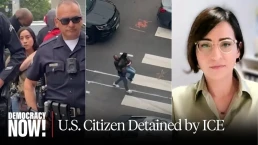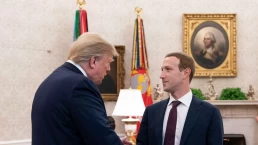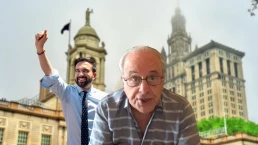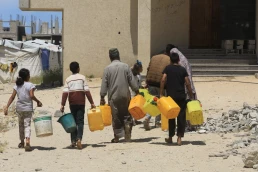For three weeks the Palestinian city and nearby towns have been encaged by Israeli settlers and soldiers, targeting an armed resistance group that has inspired mass support in spite of escalating violence and daily hardships.
by Oren Ziv, +972 Magazine
At sunrise on Oct. 4, the eve of Yom Kippur, a group of around 100 Israeli settlers gathered on the road leading from the Palestinian town of Huwara to the city of Nablus in the northern occupied West Bank. The settlers, some of them armed with automatic weapons, blocked the long traffic line of Palestinian cars trying to enter the city, and performed Selichot — penitential poems and prayers traditionally recited ahead of the Jewish High Holidays and on fasting days.
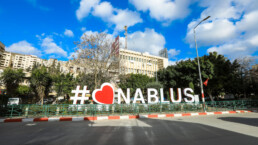
Describing their action as a “civil besiegement” of Nablus, the settlers were escorted by Israeli soldiers and Border Police officers, who closed a metal gate located along the road to ensure Palestinian vehicles couldn’t pass. Since then, almost every day, settlers have flocked to the city’s southern entrance to stop Palestinians from entering or exiting. On some days, even local Israeli politicians and Knesset members took part.
This was hardly the first time that settlers, with the aid of security forces, had blocked the roads around Nablus. But the action on the eve of one of Judaism’s holiest days marked the beginning of a new, violent campaign of collective punishment aimed at tightening Israel’s control over Palestinians in the West Bank, in the wake of an increase in armed Palestinian attacks on Israeli soldiers and settlers in the area.
Recent Posts
“Arrest Now, Ask Questions Later”: Why Did L.A. ICE Agents Arrest and Jail U.S. Citizen Andrea Velez?
July 3, 2025
Take Action Now “They didn’t have vests that said ICE or anything. Their cars didn’t have license plates. … Just because of the color of our…
Trump’s Big, Beautiful Bill Is Naked Class War
July 3, 2025
Take Action Now Trump’s “Big, Beautiful Bill” trades tax cuts on millionaires for the dissolution of society.By Hamilton Nolan, In These Times…
Mayor Mamdani’s First Day, A Zero Hour Conversation With Richard Wolff
July 2, 2025
Take Action Now If elected, what would Mayor Mamdani do on his first day in City Hall? How would a democratic socialist govern as a big-city mayor?……
The U.S. Is Funding A Bloodbath At Gaza Aid Centers
July 2, 2025
Take Action Now The admin just gave $30M to GHF, the organization at the center of charges that Israel is weaponizing assistance and shooting at…

